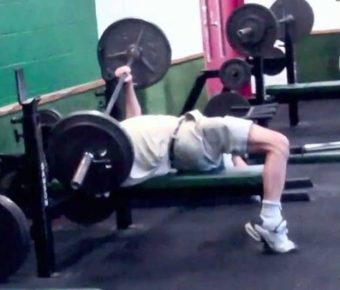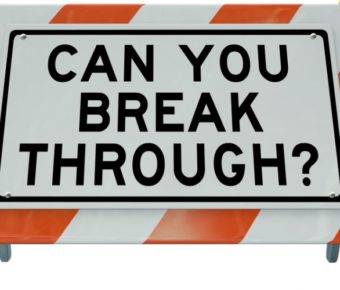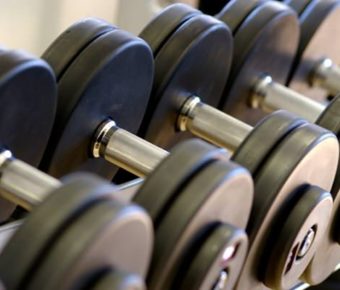
BG-9: Joint and Muscle Injury and Nutrition
When most people think of food and nutrition, most only think about how good or bad something tastes, and occasionally the impact it has on their waste lines. But did you know that good nutrition also plays a role in your bone, joint and muscle health as well?
CARBOHYDRATES
When we are low on our primary source of fuel, carbs, our thought processes and the signal that tells our muscles to move, when we them to move, gets delayed. And since you learned in one of my previous blog posts that there is a timing element in (fluid) movement, that timing element gets disrupted.
These kinds of delays can cause a number of issues from muscle strains to joint dislocations and ligament tears.
PROTEINS
Muscle is primarily made up of protein. When we exercise, we get little micro-tears within the muscle. Muscle building and greater strength happens when those micro-tears – holes, if you will – are filled in with protein. But the job of protein doesn’t stop there.
In addition to building muscle, it is the job of protein, as you can see, to help rebuild tissue. While building and rebuilding may sound the same, some see building in the preventative sense and rebuilding in a rehabilitative sense, such as after an injury or a surgery has occurred. Either way, it is protein’s responsibility to get the body’s tissues to a functioning or improved state.
FATS
Most people see fat in foods as a bad thing when, in actuality they are not, some of them are not, anyway. The good, healthy fats play a significant role in the body. Since this is all about how nutrition plays a role in injuries and pain, lets talk about bone.
The bones of the body provide protection to the organs and give the body shape and structure. Osteoporosis is a condition that can put the organs at risk and disrupt the body’s shape and structure. Osteoporosis can cause the bones of the body to become thin and brittle, especially the weight bearing bones such as the hips. It occurs for a couple of reasons, one of them being a deficiency in calcium and vitamin d.
“But wait,” says one of my clients, “my doctor told me I was low on vitamin d” – as are most people in the world, creating an epidemic – “so he prescribed me a very high dose of vitamin D.”
Some sources say that vitamin D deficiency affects close to a billion people. But since this epidemic began, and vitamin d has been passed out like candy, the numbers have not changed. In fact, they may have actually gotten worse. Any clue as to why that is?
It is because most people don’t realize that vitamin D (and vitamins A, E and K) are fat soluble vitamins, meaning, they need to be consumed with some type of (healthy) dietary fat in order to be absorbed. As with my client, a number of people take vitamin D on an empty stomach and with water, so its no wonder the rates of vitamin D deficiencies – and cases of osteoporosis – are not changing.
The consumption of fats is not just about preventing osteoporosis and building up the strength and resistance to bone fractures, or about “not getting fat.” It is about consuming fats so that other (micro)nutrients, vitamin A, D, E and K can do their job as well.
All 3 macronutrients, carbs, proteins and fats all contribute to our overall health and in more ways than just with our waist lines. Our energy levels, our movement efficiency, our muscle development and our resistance to bone fractures and muscle and ligament tears are greatly impacted by what we eat and how much we eat. Learning how to include each one of them in your daily meal plans can keep you off the sidelines and on the fields for much longer, as well as help you recover if an injury does occur.
You can read any of my other blog posts by CLICKING HERE, or, to learn more about me you can CLICK HERE.




